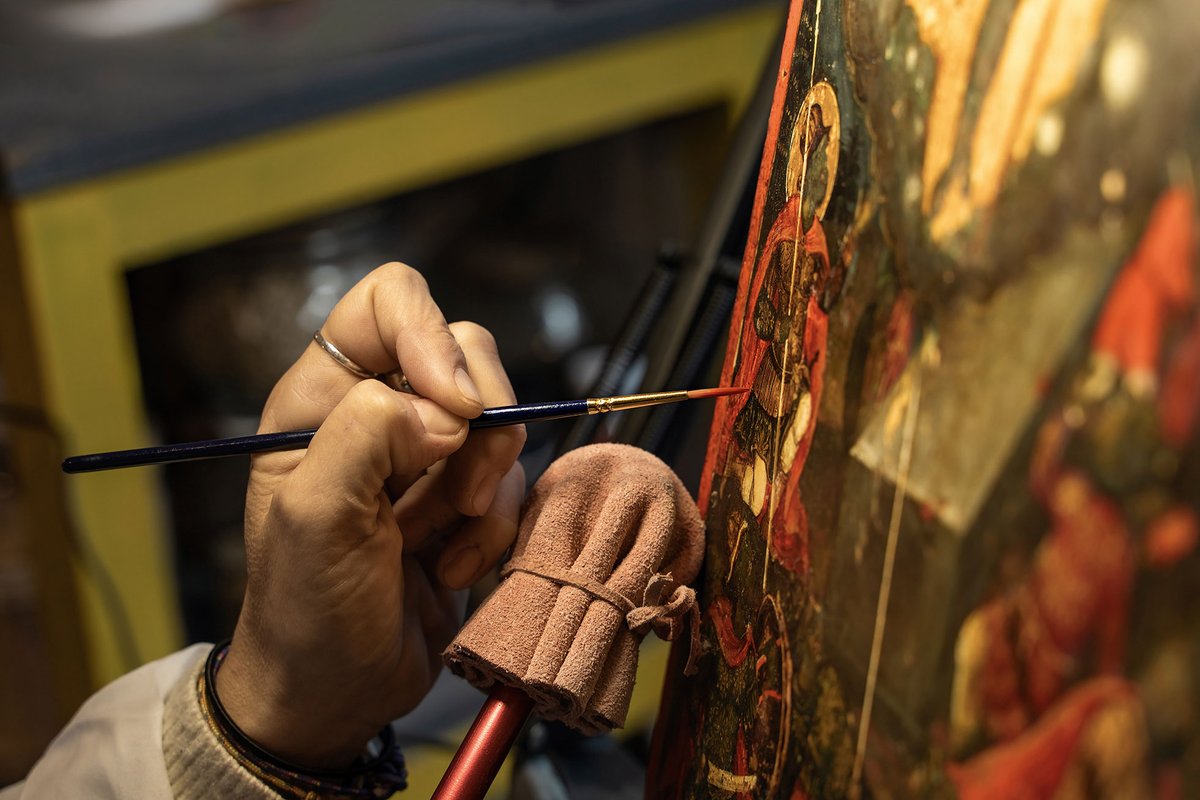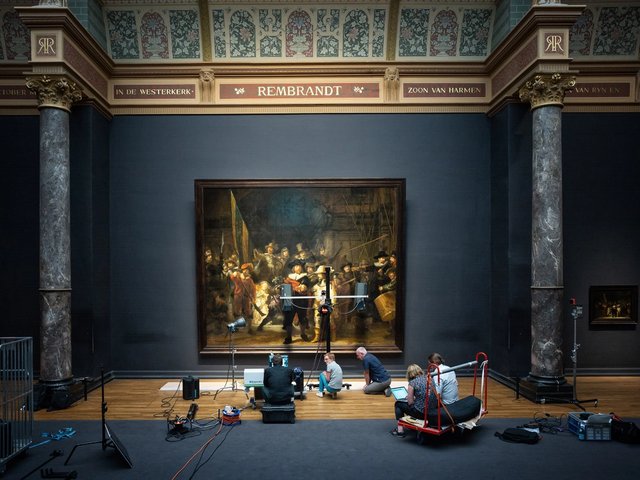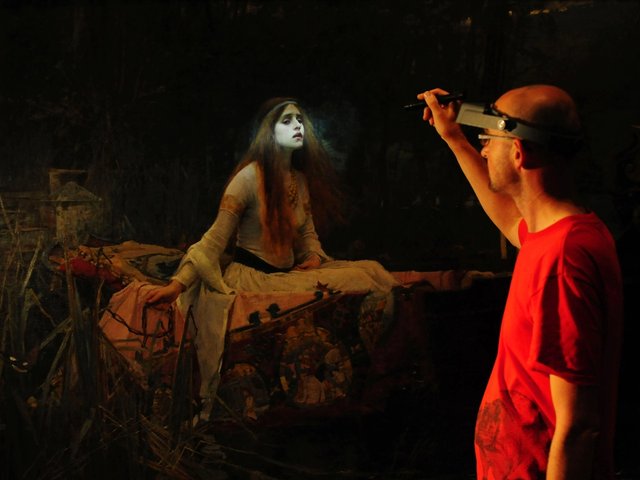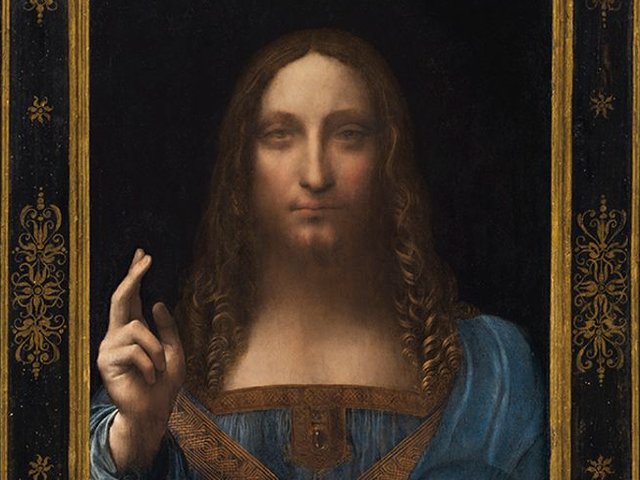I have been glued to the news. Anxiously waiting for what the hell is next. After Donald Trump won, I thought the best way to cope with four more years was to become one of those “low information voters”. I’d turn off the radio, delete social media. Art would be my refuge. More encounters with beautiful objects made by the safely dead, that’s what I needed. I didn’t bank on Trump rushing to rip up the world order.
A long time ago I did a PhD on the Great Eastern Crisis of 1876-78, one of the (many) international emergencies caused by tensions on Russia’s south-western border. So I find what’s happening with Ukraine fascinating as well as alarming. In most cases these tensions lead to war. When peace is maintained, it is through cool heads and patience. Little sign of that at the moment.
You spend so long with a painting that you get to know it literally inside out
In times past, one of my favourite ways to switch off was to go through online auction catalogues in pursuit of mis-catalogued paintings (or “sleepers” as the art trade calls them). The combination of looking closely at paintings, assessing attribution and condition, and of course the thrill of the chase, was pleasantly all-consuming. Now that I’m no longer in the art trade, the chase is not quite so exciting. For a start my bids are mainly imaginary.
More importantly, the opportunity to find genuine sleepers—those that can be bought cheaply and thus stay sleeping—are decreasing. Thanks to websites like The Saleroom and Drouot Digital, it’s possible to see more pictures for sale, all around the world, than ever before, but there are also more people than ever looking to make discoveries. I blame those TV programmes glamourising the excitement of “lost masterpieces”.
There’s a new phenomenon to contend with too. The sleeper hunter who tells everybody what’s coming up for sale on social media. Where once a promising-looking “École Italienne” hiding in a general furnishings sale in Budapest might have escaped wider attention, now it will be all over Instagram long before the auction. And then it will make three times what it’s worth even as a fully accepted (say) Francesco Furini. The auction scene has become so topsy turvy that the really clever art market players now manufacture sleepers. Put a pedestrian but very dirty picture into auction in a faraway place, make sure it is only loosely catalogued, and watch the pre-sale speculation grow.
Cool of head, cool of hand
If I had my time again, I’d train to be a picture restorer. One of my conservator friends tells me it’s the most zen thing possible. Slowly removing first the layers of dirt, then the discoloured varnish, then the overpaint, each layer more revelatory than the last, until finally you are back to the painting the artist wanted us to see (and perhaps the first person in centuries to see it). You spend so long with a painting that you get to know it literally inside out. This is art appreciation at its most intense, the real thrill of the chase.
Unfortunately, I know I’d be a terrible conservator. Instead of carefully working out which solvent or gel is most appropriate to proceed safely (one false move and a layer of original paint can be lost forever) I’d reach straight for the strongest solvent and the largest swab. My wife once had to remove a bottle of nail varnish remover from my hand as I advanced towards a painting at home, muttering “how hard can it be?” The best conservators are known for their cool heads and patience. We should send some to the White House.






